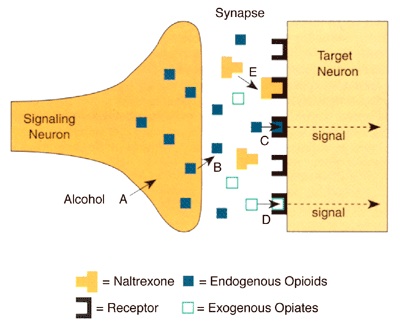

10Īcute administration of exogenous opioids inhibits the production of endogenous opiates (e.g. This is accomplished by sharing a beta-phenylethylamine group, the moiety that binds the opioid receptor.


These medications exert their effect by mimicking natural endorphins, binding to mu-opioid receptors in both the CNS and PNS with variable specificity. Vicodin, Morphine, Fentanyl) are commonly prescribed in the postoperative period. In the CNS, mu-opioid receptors are most abundant in descending pain control circuits including the amygdala, mesencephalic reticular formation, periaqueductal gray matter (PAG) and rostral ventral medulla. 8, 9 Dopamine is associated with pleasure. However, instead of inhibiting substance P, they exert their analgesic effect by inhibiting the release of GABA, an inhibitory neurotransmitter, resulting in excess production of dopamine. In the central nervous system, beta-endorphins similarly bind mu-opioid receptors and exert their primary action at presynaptic nerve terminals. 4, 8, 9 In the PNS, mu-opioid receptors are present throughout peripheral nerves and have been identified in the central terminals of primary afferent neurons, peripheral sensory nerve fibers and dorsal root ganglia. When bound, a cascade of interactions results in inhibition of the release of tachykinins, particularly substance P, a key protein involved in the transmission of pain. In the peripheral nervous system (PNS), beta-endorphins produce analgesia by binding to opioid receptors (particularly of the mu subtype) at both pre- and post- synaptic nerve terminals, primarily exerting their effect through presynaptic binding.

When the protein products of POMC cleavage accumulate in excess, they turn hypothalamic CRH production off - that is, feedback inhibition occurs. The hypothalamus releases CRH in response to physiologic stressors such as pain, as in the postoperative period. The pituitary gland synthesizes POMC in response to a signal from the hypothalamus that signal being corticotroponin-releasing hormone (CRH). POMC is a large protein that is cleaved into smaller proteins such as beta-endorphin, alpha-melanocyte stimulating hormone (MSH), adrenocorticotropin (ACTH), and others. However, recent studies suggest cells of the immune system are also capable of beta-endorphin synthesis because immune cells possess mRNA transcripts for POMC 3 and T-lymphocytes, B-lymphocytes, monocytes and macrophages have been shown to contain endorphins during inflammation. Synthesis, Storage and Secretion of Beta-Endorphinsīeta-endorphins are primarily synthesized and stored in the anterior pituitary gland 2 from their precursor protein proopiomelanocortin (POMC).


 0 kommentar(er)
0 kommentar(er)
